Box Office Democracy: “The Peanuts Movie”
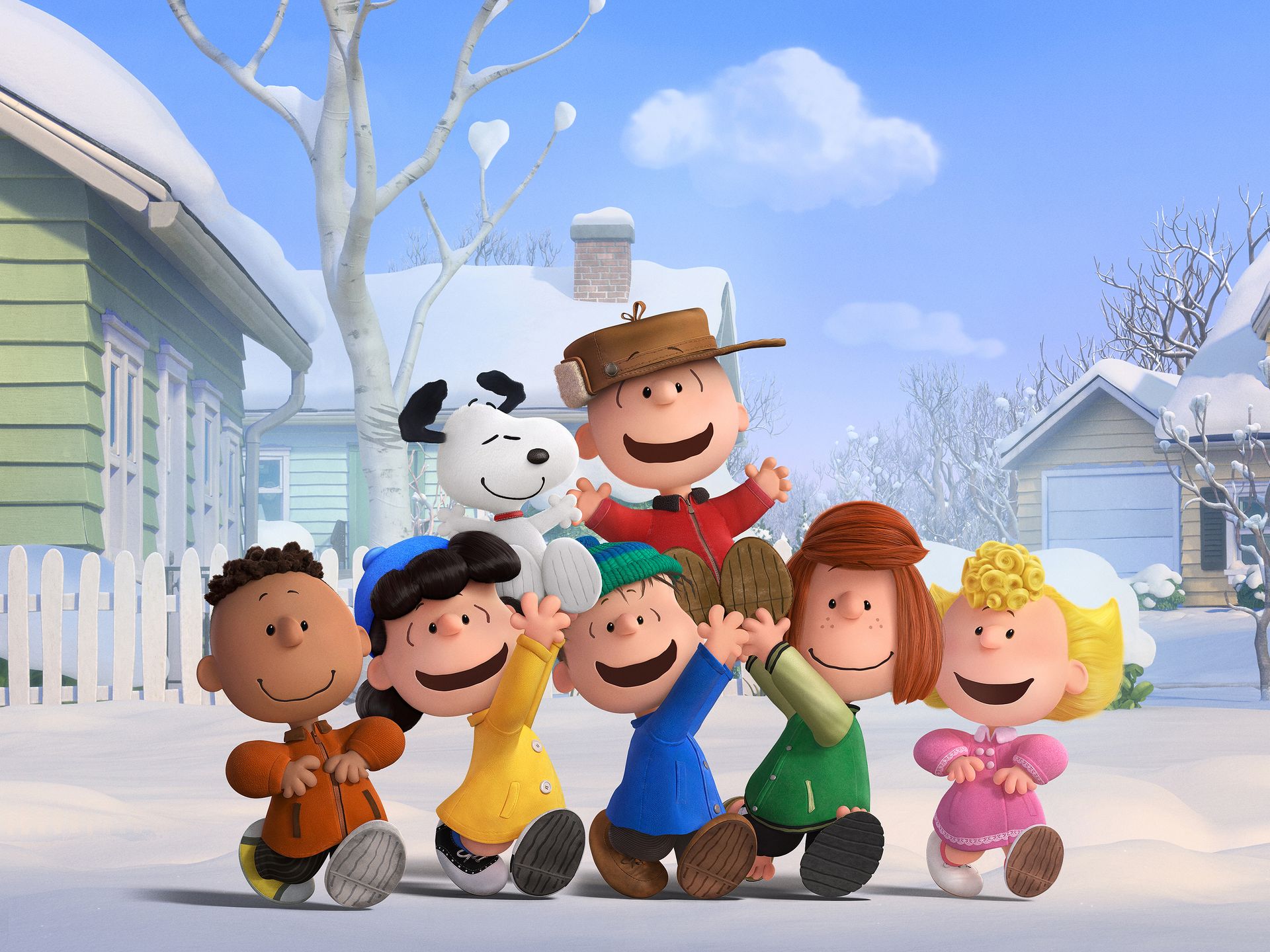 I was a huge fan of Peanuts when I was a kid. I can vividly remember staying up late in bed reading collections of the comic strip until I could barely keep my eyes open. This should make me the ideal audience for The Peanuts Movie, but instead it just serves as a reminder of how far this franchise has fallen. I have this hipster-esque longing for a time before Peanuts became so damn commercial (a time that never existed in my lifetime, mind you) and back before the Schulz estate seemed locked in a nefarious race with Jim Davis of Garfield to see who can make the most money with the least amount of artistic effort. The Peanuts Movie is a soulless movie stitched together from the corpse of a very soulful comic strip.
I was a huge fan of Peanuts when I was a kid. I can vividly remember staying up late in bed reading collections of the comic strip until I could barely keep my eyes open. This should make me the ideal audience for The Peanuts Movie, but instead it just serves as a reminder of how far this franchise has fallen. I have this hipster-esque longing for a time before Peanuts became so damn commercial (a time that never existed in my lifetime, mind you) and back before the Schulz estate seemed locked in a nefarious race with Jim Davis of Garfield to see who can make the most money with the least amount of artistic effort. The Peanuts Movie is a soulless movie stitched together from the corpse of a very soulful comic strip.
The script for The Peanuts Movie feels like it was stitched together from three episodes of an abandoned TV show. There are definite segments (Charlie Brown wants to learn to dance, Charlie Brown is a genius, Charlie Brown prepares for a talent show) and these segments build to a conclusion, are broken up by a Snoopy vignette and are then largely forgotten about by the rest of the movie. It never feels like a story worthy of a feature film, and the story doesn’t feel unique to the Peanuts characters or universe. I also despise how much they’ve sanded down the characters so that they barely feel evocative of the characters from the comic strip. There’s no philosophy or nuance; every character is just the first two adjectives you would use to describe them at the very best. These were characters with a rich history, and to see them basically reduced to catchphrases and rote characterization is sad. (Also, and this is an incredibly nerdy nitpick, having Charlie Brown, Linus, Lucy, Marcy, and Peppermint Patty in the same classroom is a flagrant violation of canon and it makes the world feel smaller. This is not a complaint worth seriously considering.)
I didn’t much care for the visual style either. The 3D models look ok and the characters are unmistakable but the trademark narrow eyes tended to bleed on to the noses and looked weird. The hair was textured a little too realistically for the cartoonish feel of the rest of the world. I don’t know how easy any of these problems are to fix, but they both led to moments where instead of focusing on what was going on in the film I was taken with how disturbing this character or that looked in the moment. Like the script, the animation feels like it would have been good enough for TV and just never got the upscaled treatment for the silver screen— except that’s not the origin of this movie and it just looks cheap for no discernable reason.
Ultimately, I don’t think the goal of The Peanuts Movie is to entertain children so much as it is to appeal to the nostalgia of their parents. Between It’s the Great Pumpkin, Charlie Brown and A Charlie Brown Christmas mid-November is peak awareness of the Peanuts characters, assuming we aren’t getting a blitz of MetLife ads. This is a movie designed to bring up warm fuzzy feelings in parents while pacifying their children for 90 minutes, but there’s no artistry in this film… just a simple boring regurgitation for the sake of a quick buck. This would be antithetical to the comic strip as it was in the 1960s, but seems par for the course for the latter-day commercialism and exploitation of the brand that dominated Schulz’s later life and his heirs. I’m not always fond of Bill Watterson being so inflexible with people wanting to let Calvin and Hobbes branch out in to merchandise or other media, but if it means I’ll never have to watch anything as dreadful as The Peanuts Movie starring those characters I’ll have to accept it.




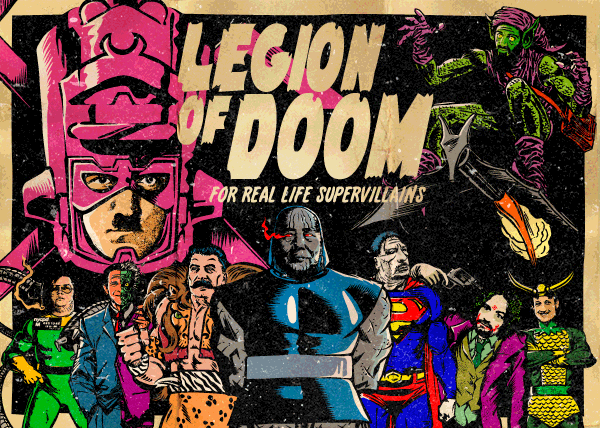


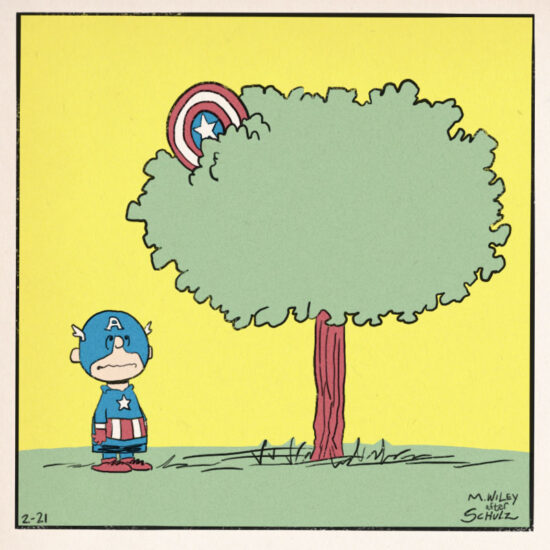

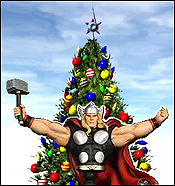


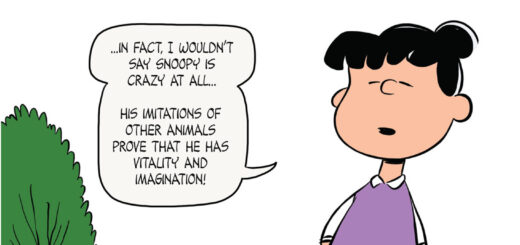
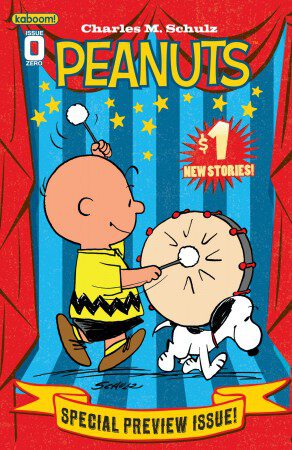
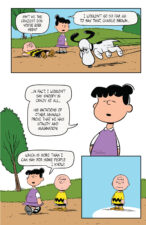
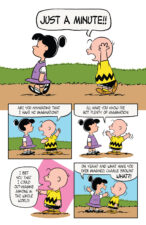
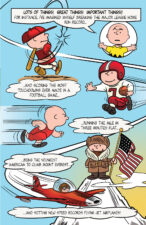
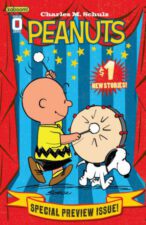
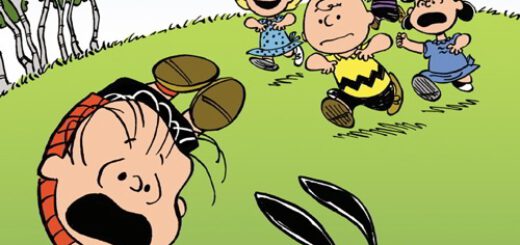

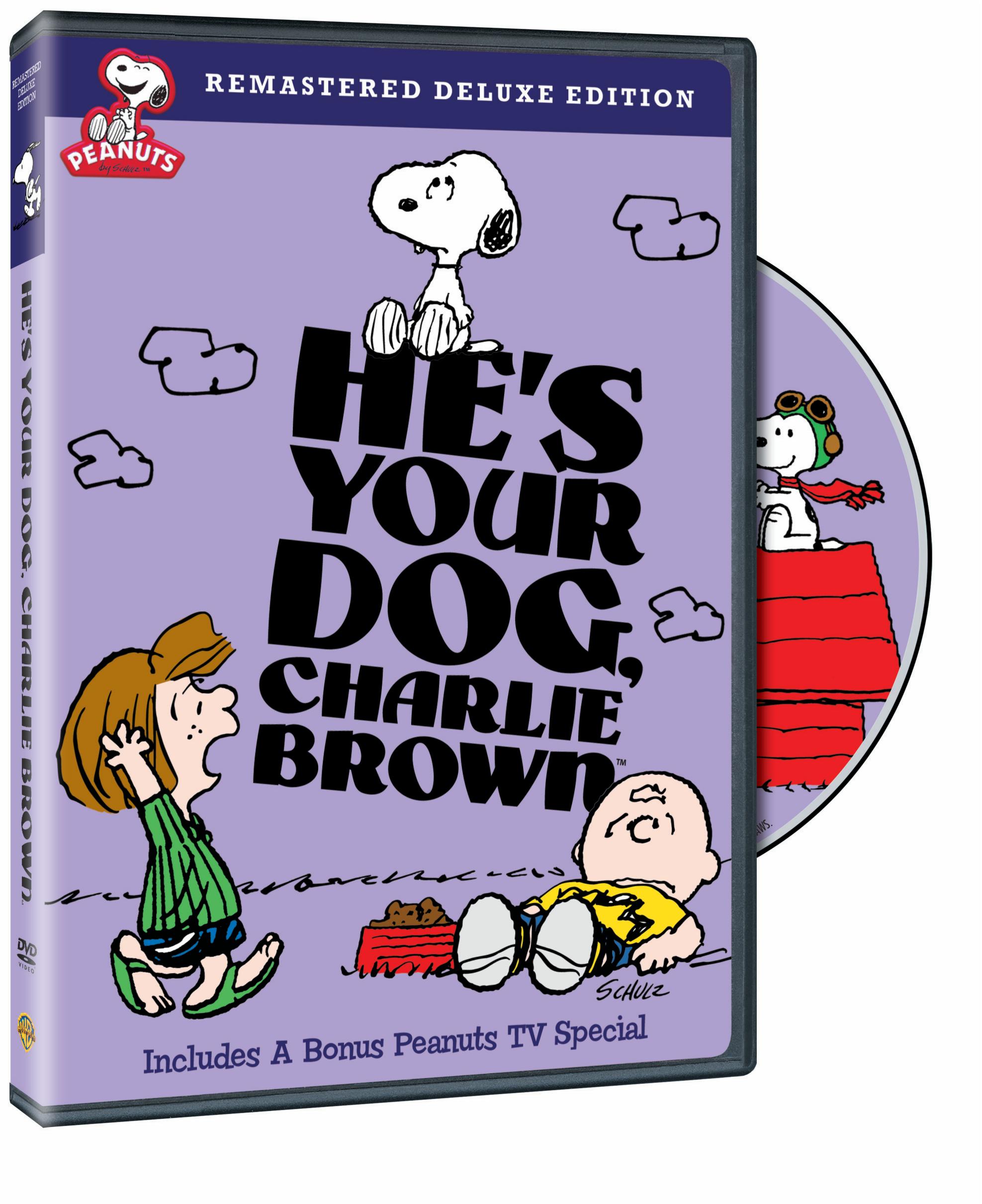 When Charles Schulz created [[[Peanuts]]] sixty years ago, he never imagined that Snoopy, Charlie Brown’s beagle, would steal the spotlight and overshadow the strip in future years. Much as Snoopy overran the comic strip and merchandising, so did he loom large in many of the animated specials which ran for decades on CBS. Warner Home Entertainment has collected two of those dog-centric specials in the just released[[[He’s Your Dog, Charlie Brown]]].
When Charles Schulz created [[[Peanuts]]] sixty years ago, he never imagined that Snoopy, Charlie Brown’s beagle, would steal the spotlight and overshadow the strip in future years. Much as Snoopy overran the comic strip and merchandising, so did he loom large in many of the animated specials which ran for decades on CBS. Warner Home Entertainment has collected two of those dog-centric specials in the just released[[[He’s Your Dog, Charlie Brown]]].








